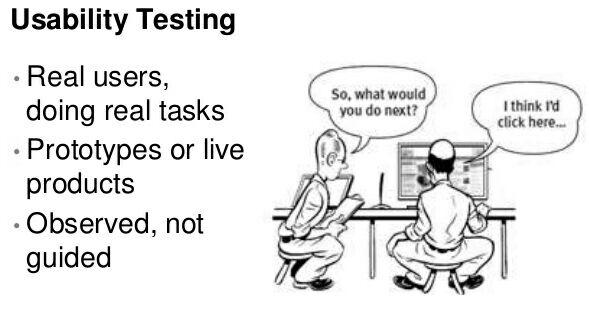What is Usability Testing
This testing is also called as ‘Testing for User-Friendliness’. This testing is done if User Interface of the application stands an important consideration and needs to be specific for the specific type of user. You can also read pdf tutorials about usability tests after this description.
Usability testing is the process of working with end-users directly and indirectly to assess how the user perceives a software package and how they interact with it. This process will uncover areas of difficulty for users as well as areas of strength.

The goal of usability testing should be to limit and remove difficulties for users and to leverage areas of strength for maximum usability. This testing should ideally involve direct user feedback, indirect feedback (observed behavior), and when possible computer supported feedback. Computer supported feedback is often (if not always) left out of this process. Computer supported feedback can be as simple as a timer on a dialog to monitor how long it takes users to use the dialog and counters to determine how often certain conditions occur (ie. error messages, help messages, etc). Often, this involves trivial modifications to existing software, but can result in tremendous return on investment.
Ultimately, usability testing should result in changes to the delivered product in line with the discoveries made regarding usability. These changes should be directly related to real-world usability by average users. As much as possible, documentation should be written supporting changes so that in the future, similar situations can be handled with ease.
